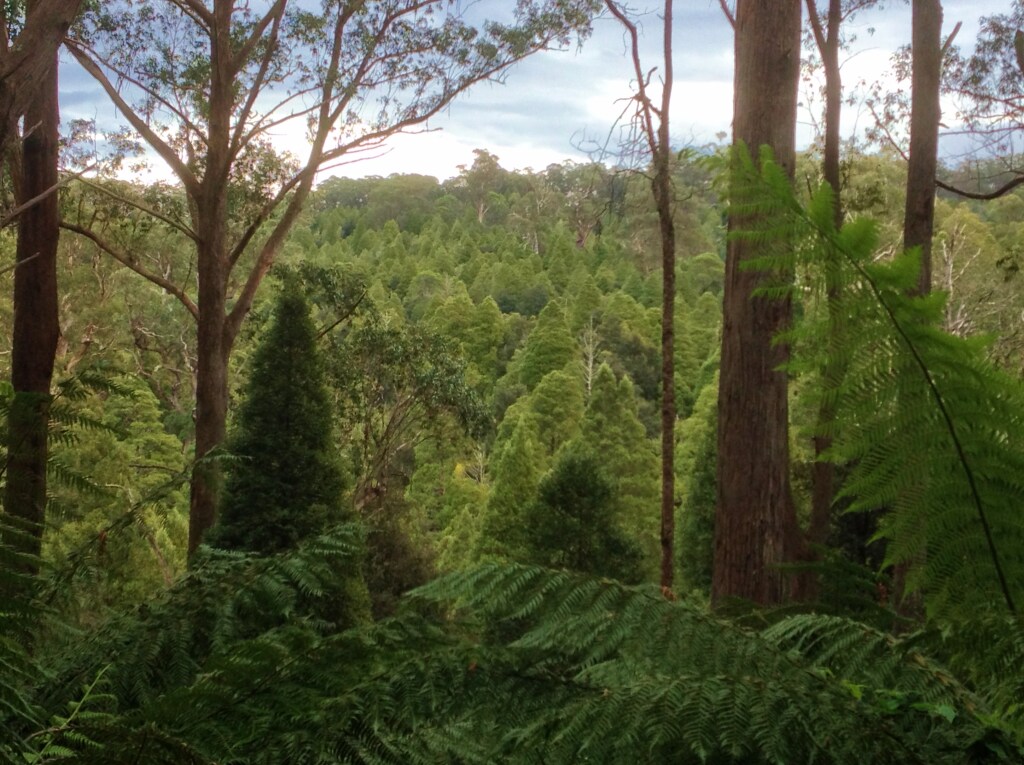Atherospermataceae
Trees or shrubs, monoecious or dioecious, glabrous or hairy. Branchlets sometimes flattened or swollen at the nodes. Leaves simple, opposite, decussate, often with small oil dots, usually aromatic, margins variously toothed, crenate or entire; stipules absent. Inflorescence axillary or terminal, cymes, panicles, or flowers solitary. Flowers bisexual or unisexual, regular, perigynous; perianth with 4–many segments in 1–several whorls, segments petaloid or sepaloid; stamens 4–many, opening by valves from the base upwards, sometimes with apical appendages; staminodes present or absent; carpels numerous, free, usually enclosed in the enlarged unilocular receptacle; ovule 1 per locule. Fruit an aggregate of achenes, sometimes retained within the expanded receptacle; seeds with copious endosperm.
7 genera and c. 16 species, from cooler rainforest in Australia, New Zealand, New Caledonia, Chile and Patagonia; 4 genera (3 endemic) and 10 endemic species in Australia, 1 species in Victoria.
Atherospermataceae is sometimes included as a subfamily in a broadly defined Monimiaceae (Cronquist 1981; Philipson 1993). However, Atherospermataceae is now generally recognised as a distinct family.
 Spinning
Spinning

